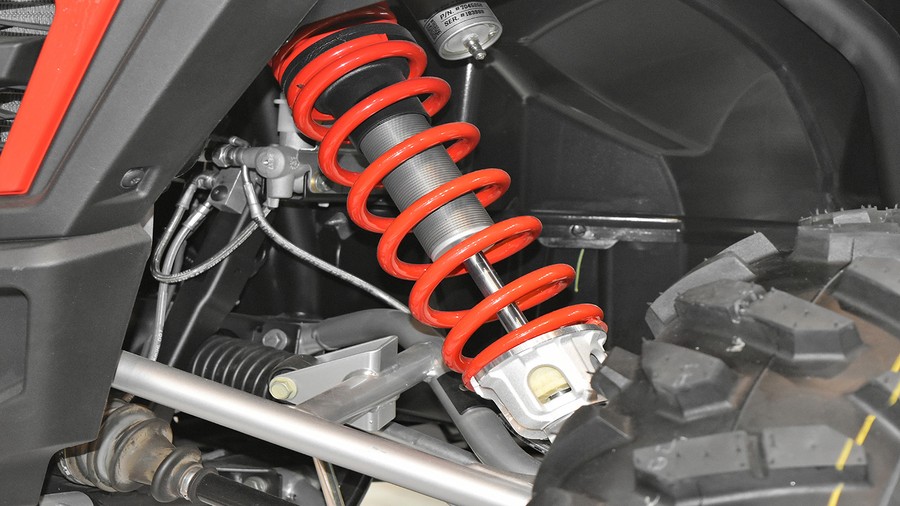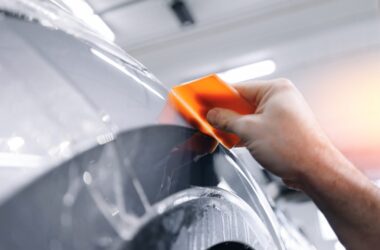A strong bond exists between suspension and braking. The suspension system shapes how a car reacts when stopping. It affects grip traction and direction. A poor setup leads to longer stopping distance. A well tuned system increases safety and balance. Many drivers do not notice this connection. Smooth rides and fast stops come from both systems working together. The way the wheels touch the road matters too. Each part has a role in stability. The more balanced the car stays the better it stops. This link defines true control on roads.
How Suspension Supports Braking Stability
Suspension keeps the car stable during braking. It holds the weight evenly on each wheel. When a driver presses the brake pedal the car weight shifts forward. The suspension absorbs that weight shift. This helps the tires stay in contact with the road. Without good suspension the tires may lose grip. That leads to sliding and unsafe stops. The shock absorbers and springs resist the pressure. They allow even braking force across the wheels. The body does not dive sharply forward. The car stays balanced from front to back. Stability ensued by the Auto Repair in Lowell, AR based services such as Milestone Auto Repair allows better brake response every time.
Weight Transfer and Control During Stops
During braking the weight of a moving car moves forward. The front suspension faces the most force. If the suspension is weak the car nose dips low. The rear rises and traction is lost. That makes stopping harder and less safe. A tuned suspension spreads the force smoothly. This keeps all tires pressed to the ground. Balanced weight means firm braking. The driver feels more control at the wheel. Every part of the system plays a key role. Less movement in the body means more grip. Control improves and stopping distance shortens well.
Suspension Components Affecting Brake Response
Springs shocks and struts shape brake performance. Strong springs hold the car steady. Soft or worn shocks let the wheels bounce. When wheels bounce the tires lose touch. Traction drops and braking weakens fast. The struts guide wheel motion and balance. Each part must work in harmony. Fresh components respond faster under stress. They keep the braking surface tight on the road. The result is smoother deceleration and less skid. The driver feels steady through each stop. Suspension parts must match the car weight as per the Milestone Auto Repair. Proper fit ensures even brake response.
Maintaining Suspension for Safe Braking
Regular checks keep both systems effective. Old shocks and struts lose strength. The car may sway or dive when braking. That is a sign of failure. Replacing weak parts restores control quickly. Fresh oil fluid and clean joints help smooth motion. Balanced tire pressure adds more grip too. The driver gains safer stops and comfort. Testing suspension with each service helps prevent risk. Every repair improves confidence behind the wheel. A responsive suspension protects the brakes from strain. Consistent care saves lives on busy roads daily.

















